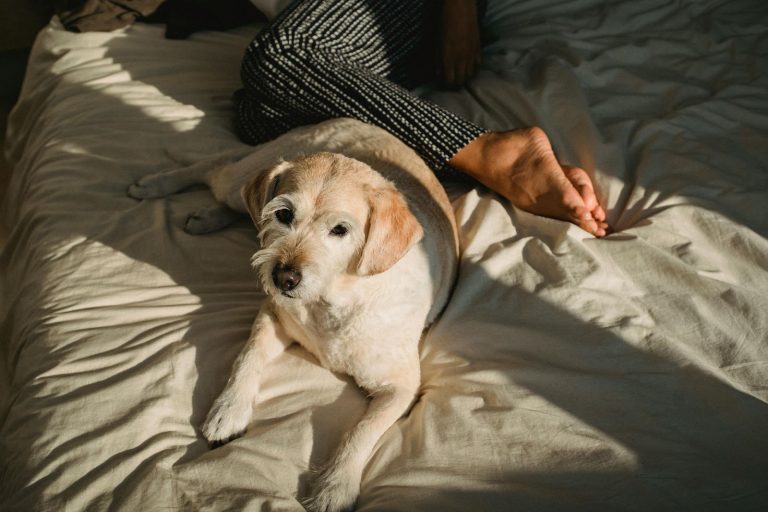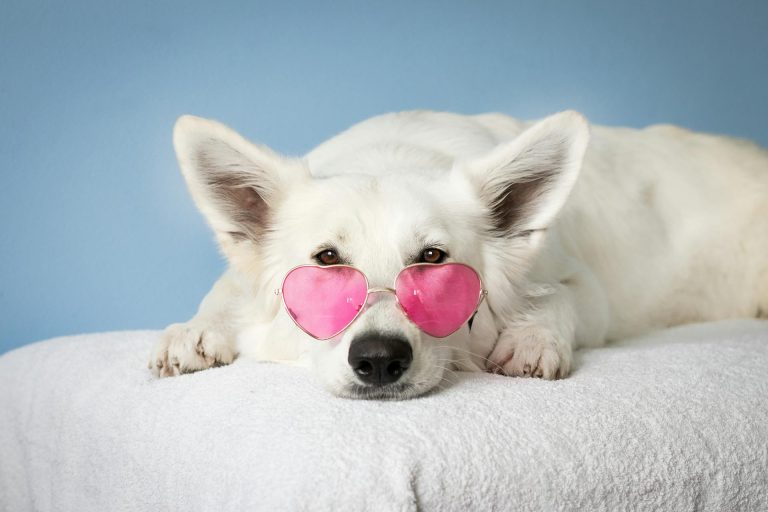What Causes Bladder Stones in Dogs and Cats?
Bladder stones are an accumulation of mineral sediment molded together into stones that make passing urine a painful experience.

The concept of bladder stones might appear a little baffling; however, these are not rocks the pet swallowed but mineral deposits in urine that stick together and form stones.
The stones are “grown” by the pet, and there is no better demonstration that the body is one big chemistry set than through the creation of bladder stones. They can be big — and I mean BIG. A couple of months ago, I removed 2 stones from a poodle’s bladder: one stone was egg-sized and the other was a dead ringer for a bar of Pears soap.
Factors that favor bladder stone production include the mineral content of certain foods and the individual’s genetic makeup. Indeed, some breeds, such as dalmatians, are genetically predisposed to forming urate stones, whereas Burmese cats grow oxalate stones.
The one thing they all have in common is that the stones cause bladder discomfort and must be removed. Key to preventing their recurrence is dietary manipulation and maintaining optimal urinary health.

Don’t leave your pet’s safety to chance
Sign up for Petful recall alerts today.

Symptoms
Bladder stones sit in the bladder. They rattle around like rocks in a tumble dryer and chafe the bladder lining.
This leads to blood in the urine and a sore bladder, which makes the pet feel she has to empty her bladder even when it is already empty (except for the stone).
Some small stones are washed out when the pet urinates, but some get stuck on the way out, which causes a blockage in the urethra (the tube through which the pet pees). Like putting a cork in a bottle, the bladder can’t empty and gets bigger and bigger, causing discomfort and potentially life-threatening consequences.
One of the problems of bladder stones is that the symptoms of discomfort overlap with the much more serious one of a blockage.
If your pet has trouble urinating, seek veterinary advice.
What Causes Bladder Stones?
Bladder stones are an accumulation of mineral sediment molded together into a stone. These can look like something you’d pick up on the beach.
The dog has not swallowed the stone but combined the minerals in food, and his own body’s biochemistry forms these deposits in the bladder. This tendency can be a result of genetics (as with the Dalmatian and Burmese cat) or a health problem, such as a portosystemic shunt, or because the body is overloaded with one particular mineral in food.
Diagnosis
The first step to diagnosis is identifying that the pet has a bladder stone.
The most efficient means of doing this is with an ultrasound scan. Stones in urine throw an acoustic shadow that shows up regardless of the stones’ mineral composition.
This is not always the case with radiography because some stones are radiolucent (X-rays pass straight through them, like looking through a window and not seeing the glass) and can be missed.
Analyzing the urine gives clues regarding a stone’s composition. It helps to know the stone’s type for preventative therapy, and sending the stone to a specialist lab for X-ray diffraction will give a definitive answer. This fires a special X-ray beam into the stone; the wavelengths emitted measure to reveal the stone’s “signature.” However, the stone must first be removed from the bladder.
This video offers more information on bladder stones from Dr. Mary Stauder and shows actual bladder stones removed from patients:

Treatment
Bladder stones must be surgically removed.
If left untreated, they grow larger and eventually make the pet incontinent — not to mention very uncomfortable. In the case of the poodle with 2 large bladder stones, her bladder was permanently heavy and constantly dribbled urine.
If the stones are just a few millimeters across, there is a chance (depending on the type of stone) that a special prescription diet may dissolve them. The risk in this strategy is that smaller stones may pass into the urethra and cause a blockage — hence surgical removal is the best option.
Prevention
Once the bladder has healed after surgery, putting the dog or cat onto a prescription diet low in the mineral from which the stone was made helps discourage further stone development.
Sometimes this works well and the pet remains problem-free while on the diet; other times the best that can be achieved is a postponement of stone formation.
References
- Urologic Surgery of the Dog and Cat. Stone. Publisher: Lea & Febiger.
- “Surgical removal of canine uroliths.” Caywood. Vet Clin North Am Small Anim Pract, 16(2): 389–407.








